
The town of Stirling is really interesting, and we spent the morning wandering up the Castle Wynd — the main road to Stirling Castle. It was a beautiful day, and we saw Argyll’s Ludging and the wonderful churches and other buildings.
We stayed in the Stirling Highland Hotel, which is a restored boy’s High School a block or so away from the castle. While we stayed in the modern portion of the hotel (and got the last room!) the original gymnasium and pool were still open. We had a chance to walk through Stirling on our way to dinner (at a very nice Italian restaurant). These pictures are from the next morning when we started investigating the town in earnest.
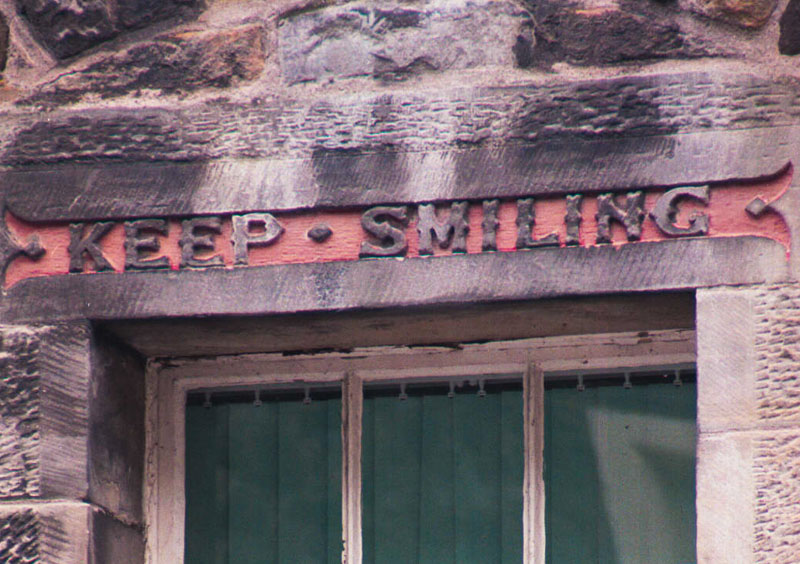
One of the more interesting places on the hill was the Boy’s Club, which was a pretty nondescript building — except for the happy little sayings engraved in the stones over the doors and windows. I thought it looked a bit ominous! Built in 1929, this small building was part of a cluster of buildings and clubs supported by Wm. Erskine.
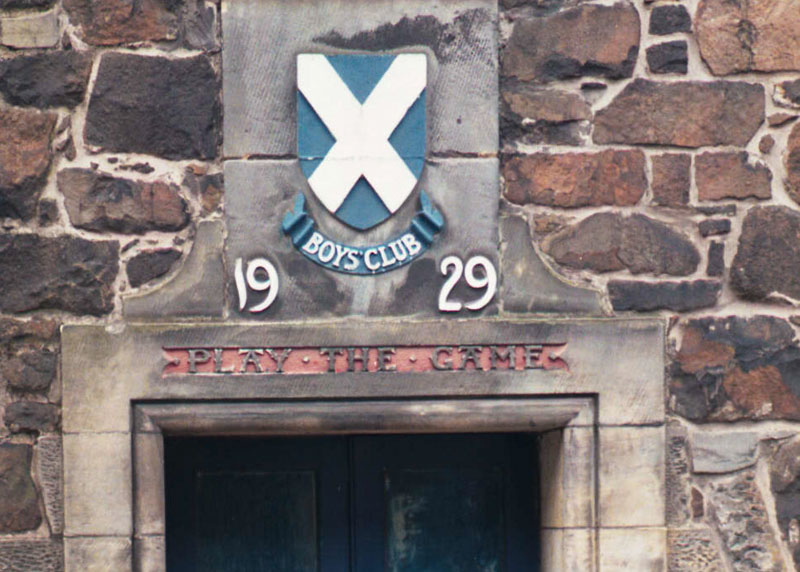
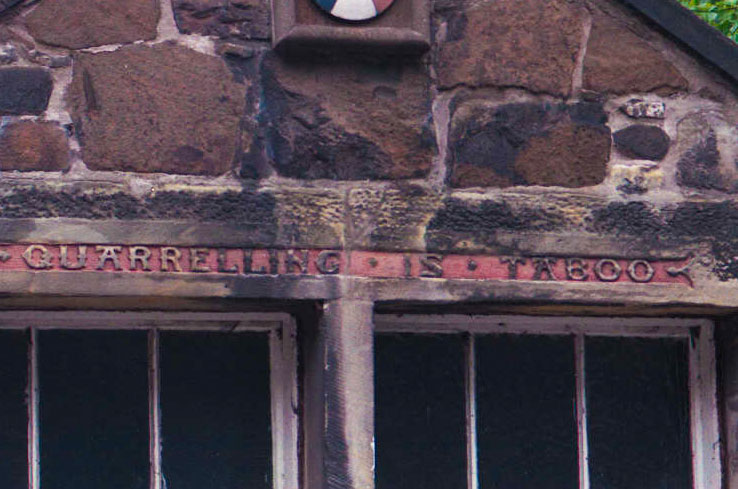
The Erskine Marykirk and Monument also line the cobbled road, with an ancient cemetary between that has some really interesting stones — many old enough that they don’t have writing on them, only symbols of the guild the person belonged to.
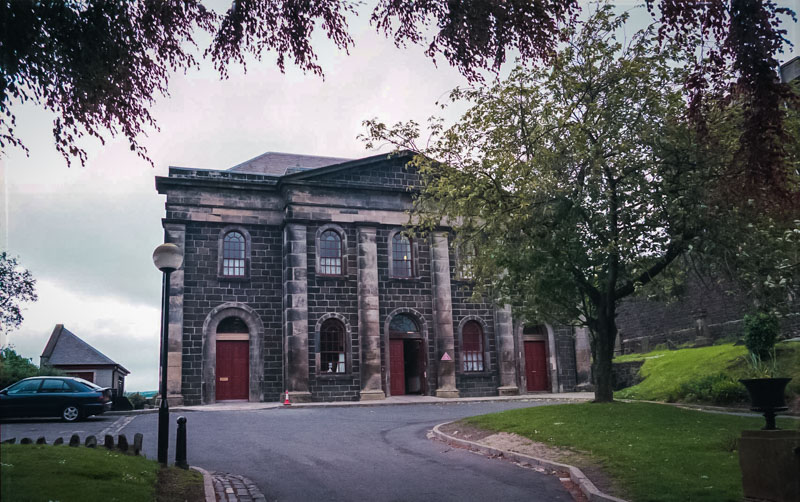
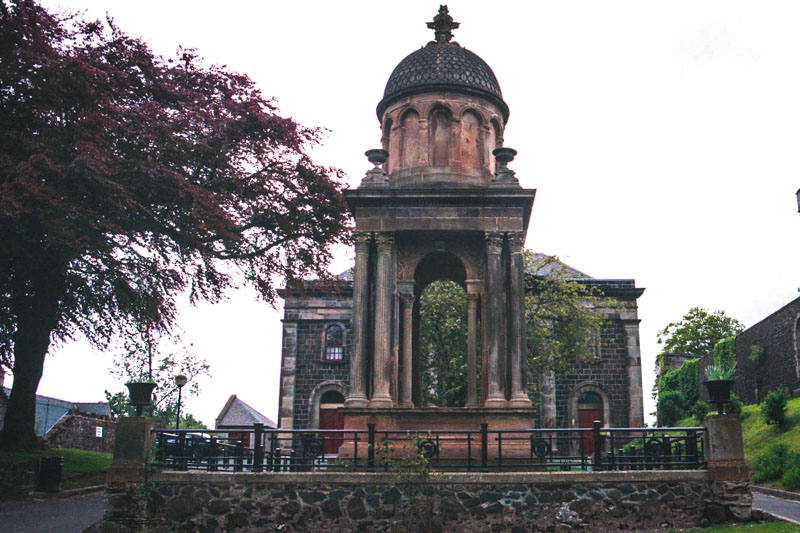
The Church of the Holy Rude was restored in stages. The oldest part of the church (the base of the tower) was built in the first half of the 15th century. The original timberwork roof remains in the nave, and the choir dates from 14th century. It was restored in the 1940s and is still in use.
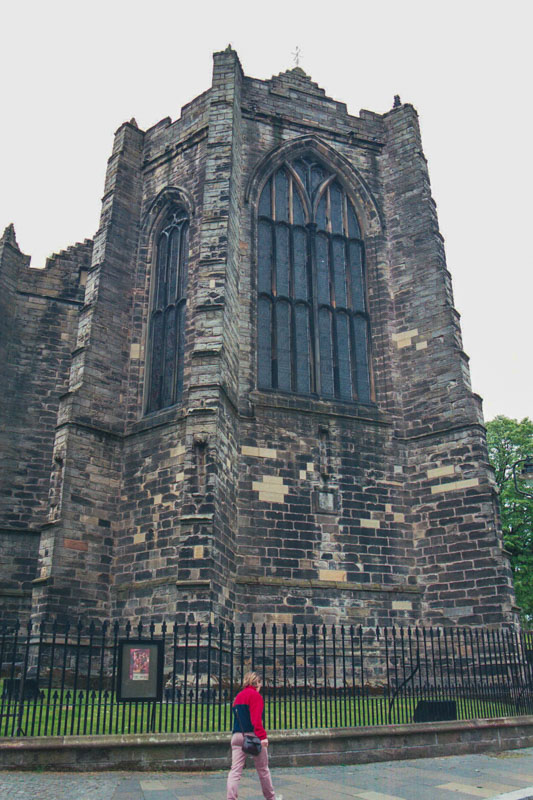
The old cemetary contains the Ladies’ View, where the ladies of the castle would sit to watch tournaments on the grounds below. Many of the stones here are smooth with age, only a few have the simple carved guild-marks of the people buried there. The practice of putting dates and saying on gravestones is a fairly recent one. Older stones often do not have a name at all, simply a symbol of what the person was — a baker, a cobbler, a farmer.
Most of the old gravestones are granite or sandstone, I think. Newer, shinier marble headstones are mixed in with the older, moss-covered ones. There is also a pyramid on the grounds, dedicated to martyrs


